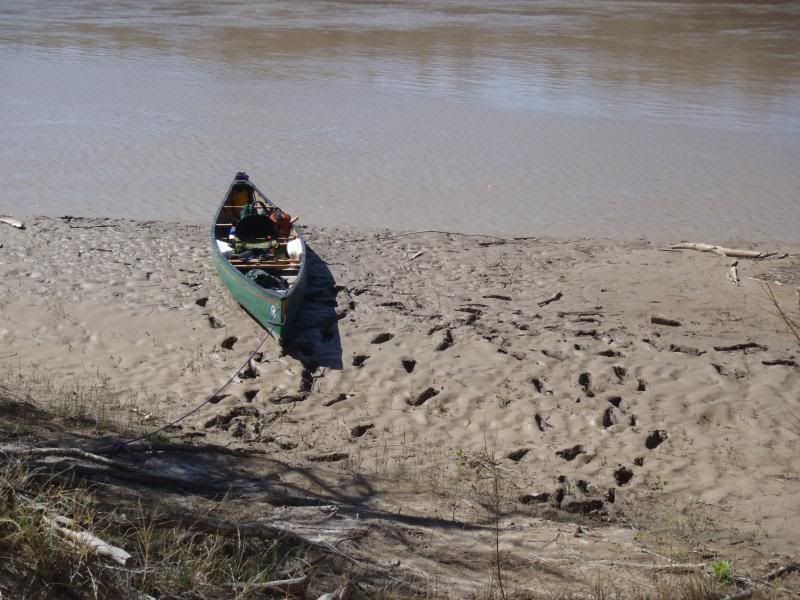A question for the learned.
My old canoe sponge with it's tether, has gone awol, and must be replaced, as I have become accustomed to having it with me for all sorts of things.
It had been on countless trips, and while I realize that any large sponge would work to a degree, I thought that asking might prove worthy.
I think mine started life as an old car washing sponge. Countless choices out there now, with varying absorption, retention, and durability, from soft to firm.
Primary use is normal water extraction from canoe's interior. Rain, mud, rain, mud, rain. Typical Louisiana muck. Washing down prior to loading, wringing out over a campfire to extinguish, and the occasional wringing out overhead for cooling off in summer heat.
Advice appreciated on the simple sponge topic.
Synthetic or natural?
My old canoe sponge with it's tether, has gone awol, and must be replaced, as I have become accustomed to having it with me for all sorts of things.
It had been on countless trips, and while I realize that any large sponge would work to a degree, I thought that asking might prove worthy.
I think mine started life as an old car washing sponge. Countless choices out there now, with varying absorption, retention, and durability, from soft to firm.
Primary use is normal water extraction from canoe's interior. Rain, mud, rain, mud, rain. Typical Louisiana muck. Washing down prior to loading, wringing out over a campfire to extinguish, and the occasional wringing out overhead for cooling off in summer heat.
Advice appreciated on the simple sponge topic.
Synthetic or natural?


